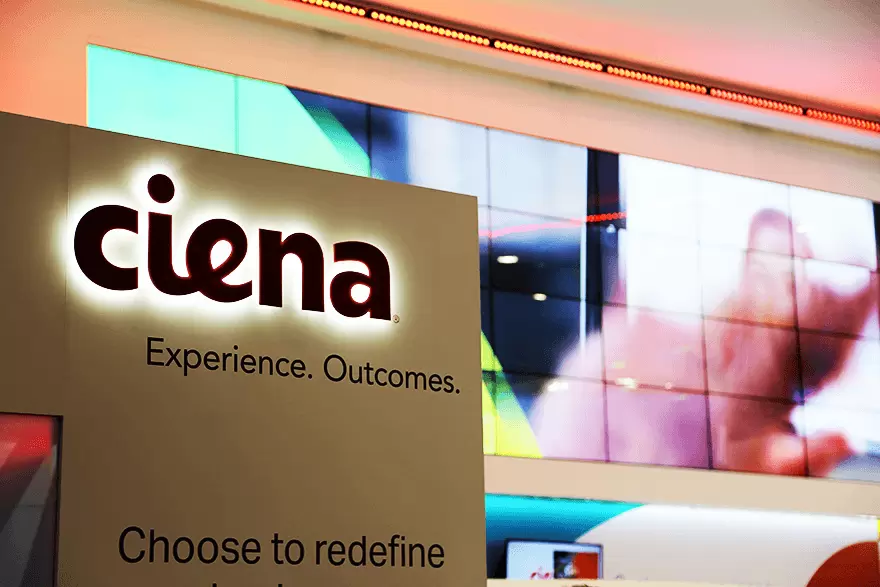RISC-V, the open-source instruction set architecture (ISA) based on established reduced instruction set computer (RISC) principles, is gaining traction beyond embedded systems to include aerospace, AI/ML, Android smartphones and IoT devices, automotive, data center acceleratos, HPC, 5G infrastructure, and security applications. RISC-V is already in tens of billions of cores on the market, with hundreds of design wins.
“The biggest takeaway for the RISC-V community this year is that we’re going to see RISC-V everywhere. More and more industries and companies are turning to RISC-V to innovate faster and take advantage of the vibrant culture of collaboration,” said Calista Redmond, CEO of RISC-V International. “Our biggest priorities looking ahead are to continue to drive technical progress and deepen community engagement, while offering even more value and resources to accelerate the RISC-V ecosystem.”
Some additional highlights:
- RISC-V is being used by Meta in its own silicon designs to accelerate a number of workloads because it offers 64-bit addressing, vectoring in the core, and custom instructions.
- RISC-V is used in Meta's first in-house silicon for video processing. This implementation is currently processing 100% of all video uploads to Meta's platforms.
- Meta is also using RISC-V for training and inference acceleration
- A new RISC-V Labs will provide resources for developers to build and test their software, from porting of existing projects to development of new components that will power the next wave of computing innovation.
- The RISC-V Exchange, a directory of RISC-V hardware and software solutions for different markets, has grown over 40% since the beginning of 2023. Additionally, the RISC-V Developer Boards program is helping to make development boards more accessible to the global RISC-V community to further spur innovation.




















